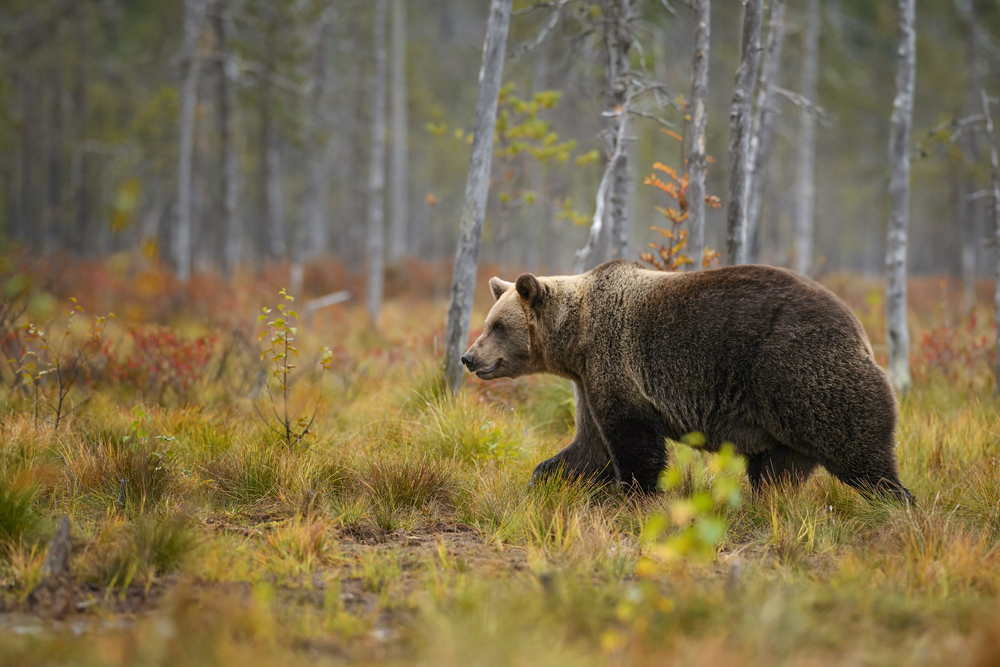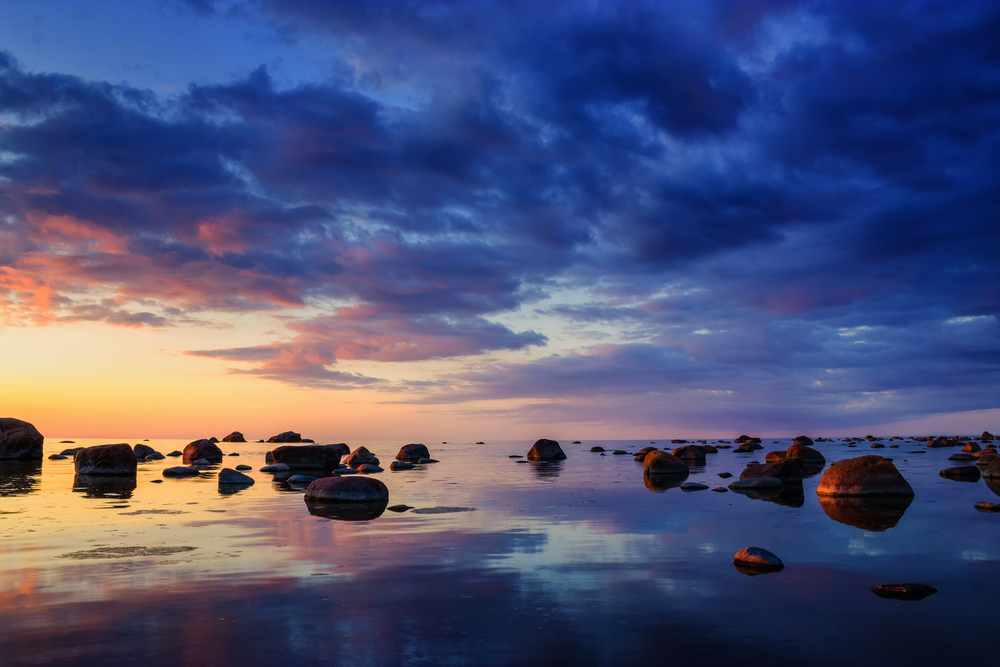Alutaguse Overview
Alutaguse National Park, or Alutaguse rahvuspark in Estonian, spans approximately 174 square miles (449 square kilometers) in northeastern Estonia. Established in 2018, this relatively young national park serves as a sanctuary for Estonia’s largest continuous forested region, peat bogs, wetlands, and sand dunes.
Alutaguse is located in Ida-Viru County, a region that blends natural beauty with a rich cultural history. The park’s varied landscapes and pristine ecosystems make it a haven for wildlife, and its remote, tranquil setting offers visitors a serene escape into nature.
The terrain of Alutaguse National Park is defined by its vast forests, dominated by pine and spruce, interspersed with large wetlands and peat bogs. These peat bogs, including the iconic Puhatu and Agusalu bogs, form a vital part of the park’s ecosystem, providing habitat for a range of unique species. The sand dunes in the southern part of the park, remnants of ancient glacial processes, create a striking contrast to the surrounding bogs.
Numerous rivers and lakes also punctuate the landscape, such as Lake Kurtna, which is part of a chain of picturesque glacial lakes, ideal for kayaking and canoeing. The park is particularly stunning in autumn when the forests glow with brilliant hues of gold and red, reflecting Estonia’s vibrant seasonal changes.
Wildlife in Alutaguse is as diverse as its terrain, with the park providing critical habitat for several iconic species. Large mammals such as the Eurasian lynx, brown bear, and gray wolf roam freely within its boundaries, showcasing the region’s rich biodiversity. The wetlands and bogs are home to an impressive array of bird species, including the black stork, golden eagle, and western capercaillie, making the park a prime destination for birdwatching enthusiasts.
Smaller species, such as beavers and otters, thrive in the park’s rivers and lakes, while its forests are alive with a variety of insects, amphibians, and reptiles. These ecosystems are a testament to Alutaguse’s importance as a conservation area in the Baltic region.
Visitors to Alutaguse can enjoy a wide range of activities that connect them to its unique environment. Hiking trails wind through forests and across bog landscapes, offering breathtaking views and opportunities for solitude. Boardwalks provide access to otherwise inaccessible wetlands, and observation towers allow visitors to marvel at the panoramic scenery and watch for wildlife.
In winter, the park becomes a destination for cross-country skiing, while in summer, activities like canoeing and birdwatching attract nature enthusiasts. Camping is also popular, with designated sites that immerse visitors in the park’s serene wilderness.
Conservation efforts in Alutaguse focus on preserving its delicate ecosystems, particularly the peat bogs, which play a crucial role in carbon sequestration. Managing human impact while promoting eco-tourism is an ongoing challenge, but the park’s management has successfully balanced these goals to ensure the protection of its biodiversity. Alutaguse stands as a shining example of Estonia’s commitment to safeguarding its natural heritage for future generations.















































































